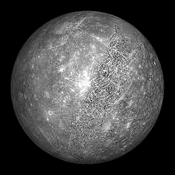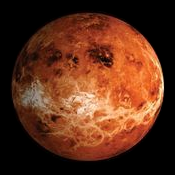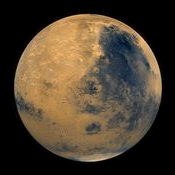The Sky at Night
The winter constellations are gathering across the sky in December. Andromeda, with the Great Andromeda Nebula is moving westwards from its pole position due south, but if you look just below the easterly stars of Andromeda you may see three stars forming a small, narrow triangle in a constellation aptly called Triangulum. Just above the western star of Triangulum lies the second closest large local galaxy, Messier 33. This galaxy is 2.7 million light years distant and you should be able to see it with a pair of binoculars. It is at a shallower angle to us than the Andromeda Galaxy, but some observers with good eyesight can see it without optical aid on dark moonless nights. The Triangulum Galaxy is third in size of the local group after the Andromeda Galaxy and our own Milky Way Galaxy and is believed to contain 40 billion stars.
Just east of Andromeda is Perseus, a constellation resembling a misshapen, inverted letter Y. Perseus is one of the ancient 48 constellations listed by Ptolemy in the 2nd century. The brightest star in Perseus is Mirfak, a supergiant with a whitish-yellow colour. Mirfak is 590 light years from Earth, but is not the most interesting star in Perseus. That honour lies with Algol, below Mirfak, and slightly less bright. It is also known as the Demon Star as it varies in brightness over a period of exactly 2.86 days. The reason for this precision is that Algol is a binary star with a fainter companion whose mutual orbits cause regular dimming and brightening as they pass in front of each other. In May 1783, the British amateur astronomer John Goodricke correctly suggested the mechanism for this variability and was awarded the Copley Medal of the Royal Society for his discovery.
December brings us what is probably the best meteor shower of the year, the Geminids, so named because they seem to radiate from the constellation Gemini, quite close to the star Castor. This being the case, it is best to observe in a direction away from Gemini, perhaps towards Pegasus or Cygnus where the meteor trails will be longer. The maximum of the Geminids occurs on 14th December between 2am and 7am when more than 100 meteors per hour could be seen. Many of these meteors are quite slow and bright and viewing will be assisted by the fact that the 24 day old Moon does not rise until around 2.30am.
The origin of meteoric particles is usually a comet associated with a particular meteor shower, but the Geminids are associated with an asteroid known as 3200 Phaethon which has a 1.4 year orbit of the Sun. I feel inclined to wonder if this asteroid is the remains of a comet which has exhausted its volatile material, but left a trail of particles along its orbit.
The winter solstice occurs on December 21st at 3pm when, in Central Scotland we only have 6 hours 50 minutes of daylight. After that date we can look forward to lengthening days as the Sun moves northwards.
Sky Notes courtesy of Ken Kennedy of Dundee Astronomical Association
The Planets

Mercury
It will be possible to see Mercury for the first ten days of December at about 7am when it will be low in the south-east.

Venus
Venus moves in towards the Sun and will not be visible during December.

Mars
Mars is also too close to the Sun in the sky to be seen during the month.

Jupiter
Jupiter rises in the north-east at around 5pm and will be visible throughout the night, being at its highest elevation of 55 degrees at 2am. It is in the constellation of Gemini and the star Pollux is not far above it. Jupiter will be at its best for observations from December until February

Saturn
Saturn is in the constellation Aquarius and can be found at around 20 degrees elevation in the south-west at 9pm. It will be easy to locate as it is in an area of sky devoid of bright stars. Saturn’s rings are still at a very shallow angle, only one degree in December, but may be seen with a moderate sized telescope.

The Moon
The Moon is full on the 4th, at last quarter on the 11th, new on the 20th and at first quarter on the 27th December.

